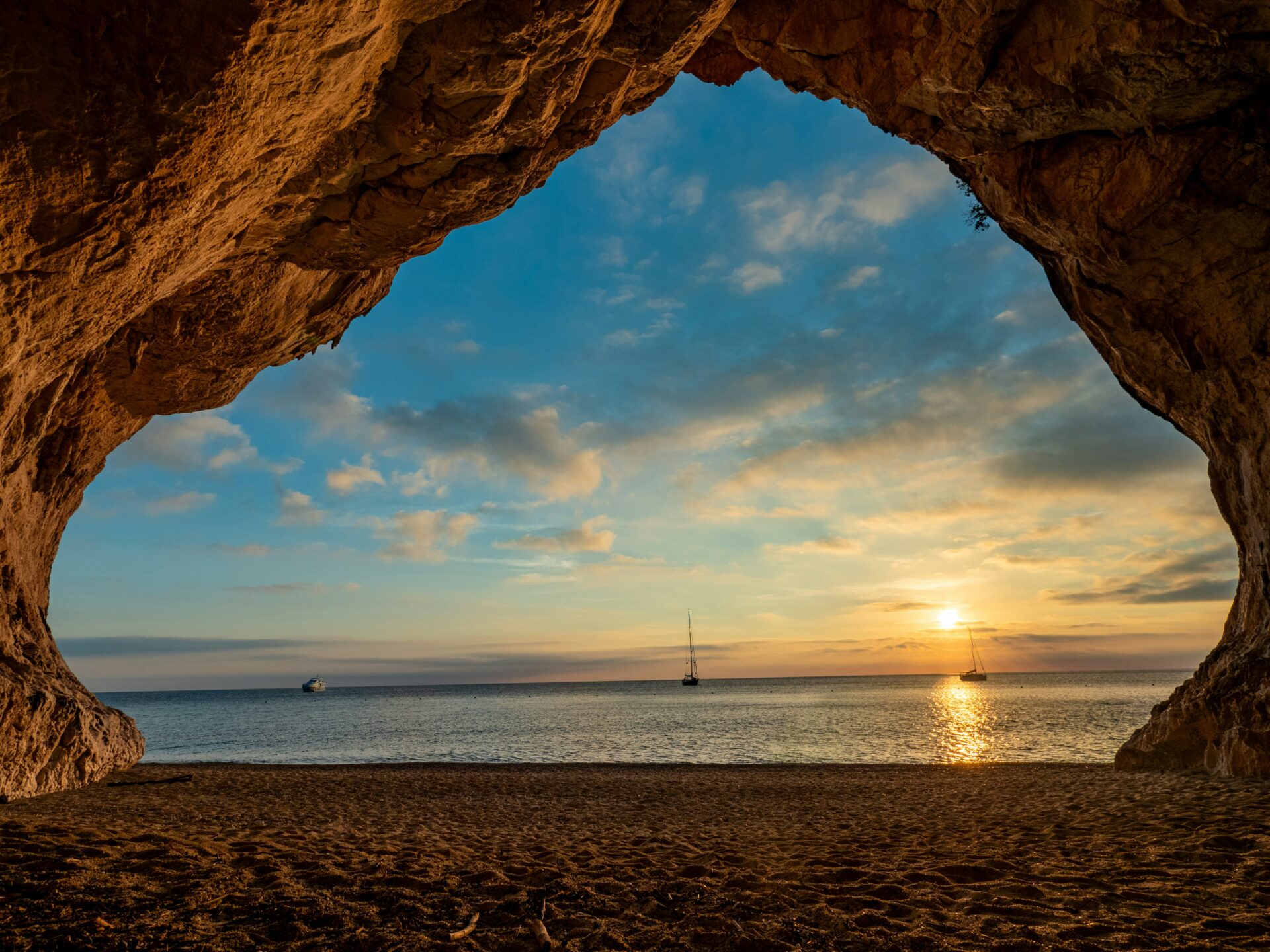Tucked away on the slopes of Mount Ortobene in central-eastern Sardinia, Nuoro gives you a real taste of the authentic soul of this Italian island.
While most tourists flock to the coastal resorts, this mountain capital beats with the true heart of Sardinian culture and tradition.
When you visit Nuoro, you’ll tap into the wild, untamed side of Sardinia that most travelers miss.
I stumbled upon Nuoro during my journey through the Barbagia region, a rugged, mountainous area that’s held onto ancient customs better than anywhere else on the island.
Since 1927, the city has acted as both a cultural hub and a gateway to the surrounding landscapes.
The Museum of Life and Popular Traditions quickly became my favorite place to get a sense of Sardinian identity.
As I wandered Nuoro’s streets, I felt far from the typical Mediterranean holiday.
The mountain air, the slower rhythm of life, and the pride of the locals made me realize I’d found something rare in Sardinia’s heart.
Here, you connect with the island’s soul, not just its beaches—through food, crafts, and the genuine warmth of people whose traditions reach back centuries.
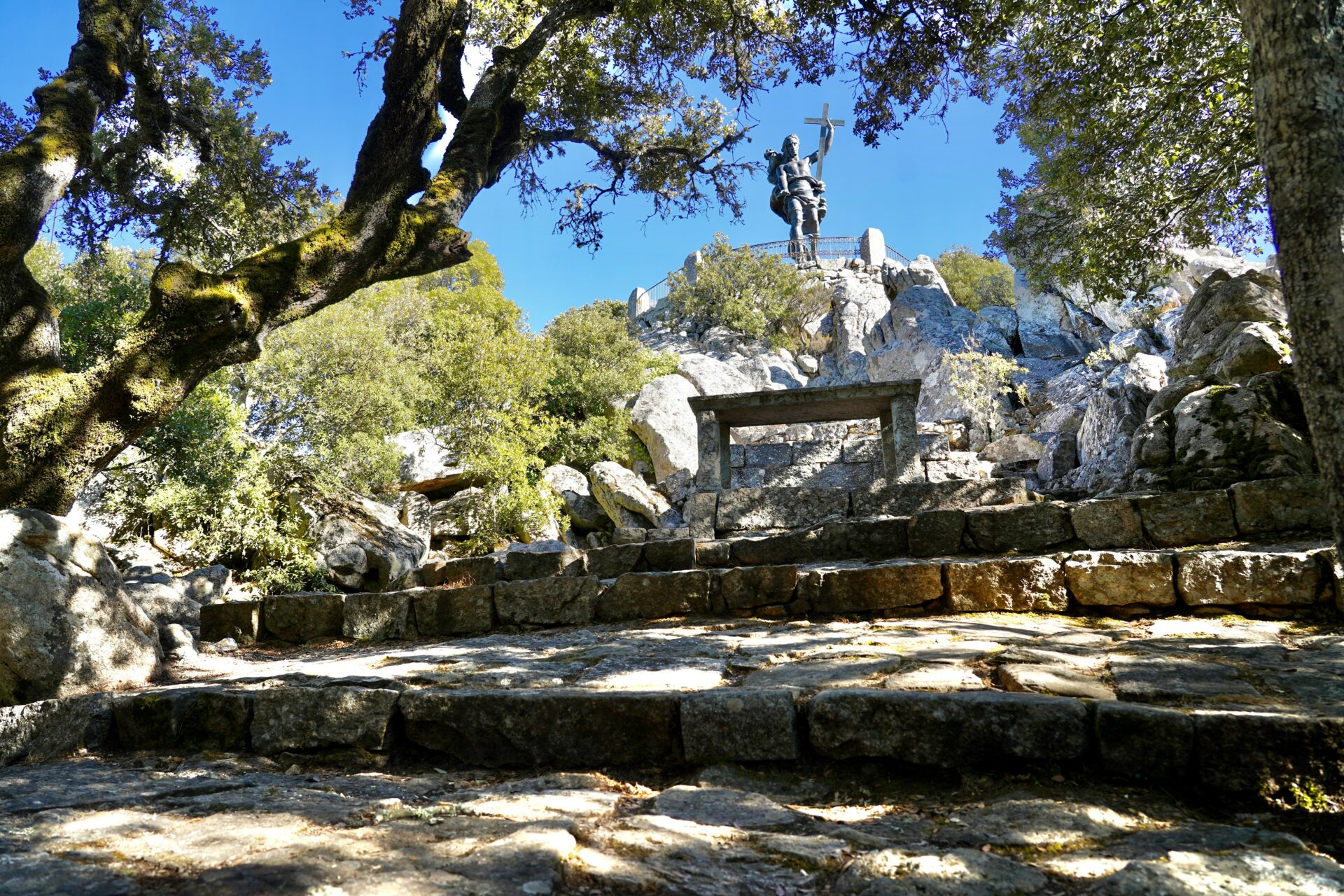
Nuoro: The Cultural and Historical Heart of Sardinia
Perched on a plateau surrounded by valleys and mountains, Nuoro stands as the heartbeat of Sardinian culture.
People often call it the “Sardinian Athens,” and for good reason—it keeps ancient traditions alive while celebrating its literary and artistic side.
History of Nuoro
Nuoro’s story stretches back to prehistoric times, with settlements from the Nuragic civilization that thrived between 1800 and 500 BCE.
I’ve spotted remnants of those ancient stone structures all over the province—silent witnesses to Sardinia’s deep past.
The city grew from a tiny rural settlement into an important center during the Middle Ages.
Walking through the old town, I could almost feel the layers of history under my feet.
Even under Spanish rule and later Italian unification, Nuoro kept its unique character.
By the 19th century, it had become both an administrative and cultural center, fiercely protecting Sardinian identity in the face of outside influence.
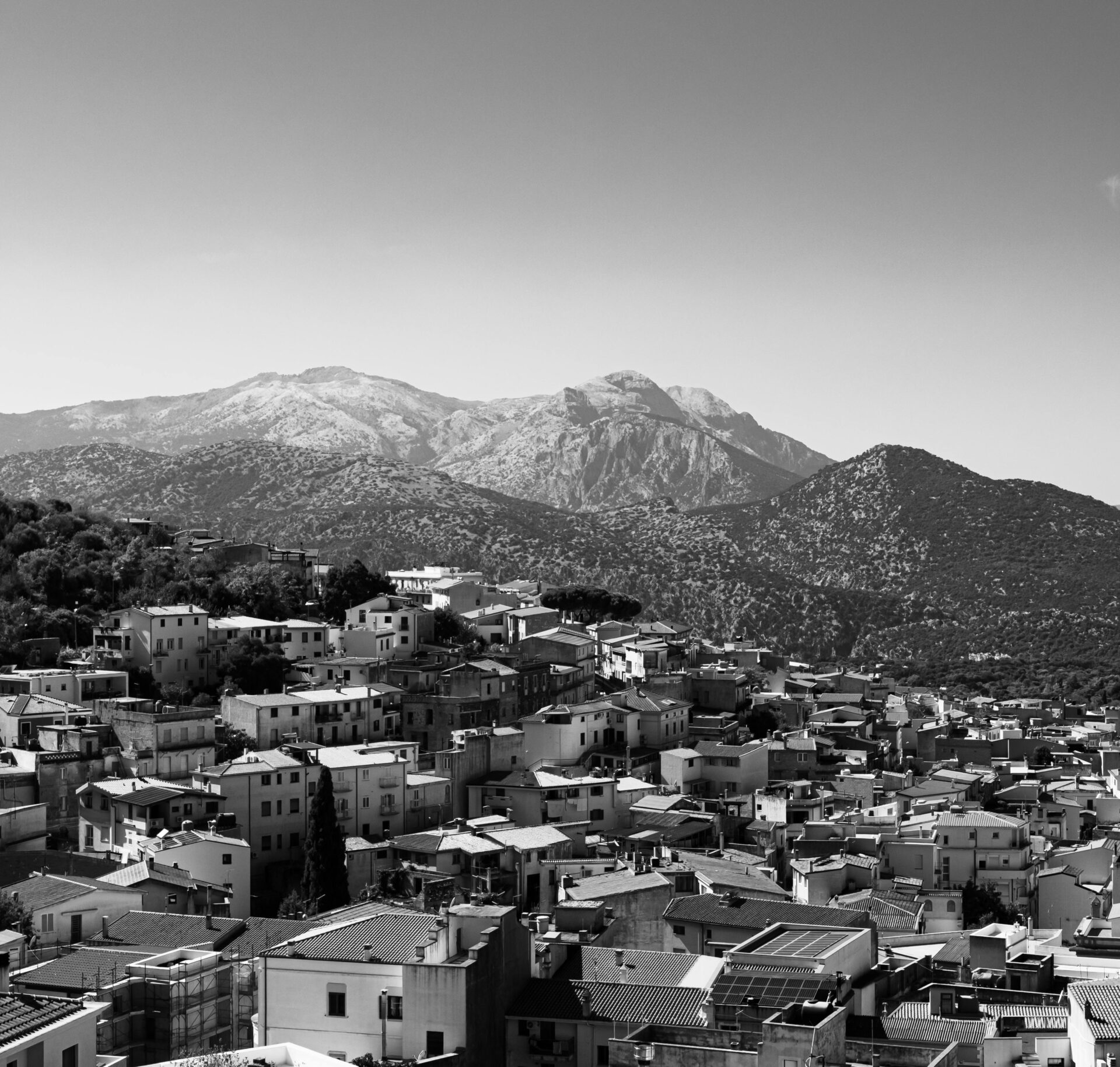
Barbagia and Its Identity
Nuoro sits right at the center of Barbagia, which might be Sardinia’s most independent region.
The Romans called it “Barbaria” because the local tribes resisted Roman rule with such determination.
I’ve always been intrigued by how Barbagia holds onto its identity.
Traditional customs, clothing, and festivals here have barely changed for centuries.
The mountains isolated these communities, letting them preserve cultural practices that disappeared elsewhere.
The Museum of Life and Popular Traditions in Nuoro gives you a great look into this heritage.
Inside, you’ll find traditional crafts, costumes, and tools that tell the story of daily life in this rugged landscape.
Barbagia’s identity shows up in its food, music, and social structures, which are quite different from those on the coast.
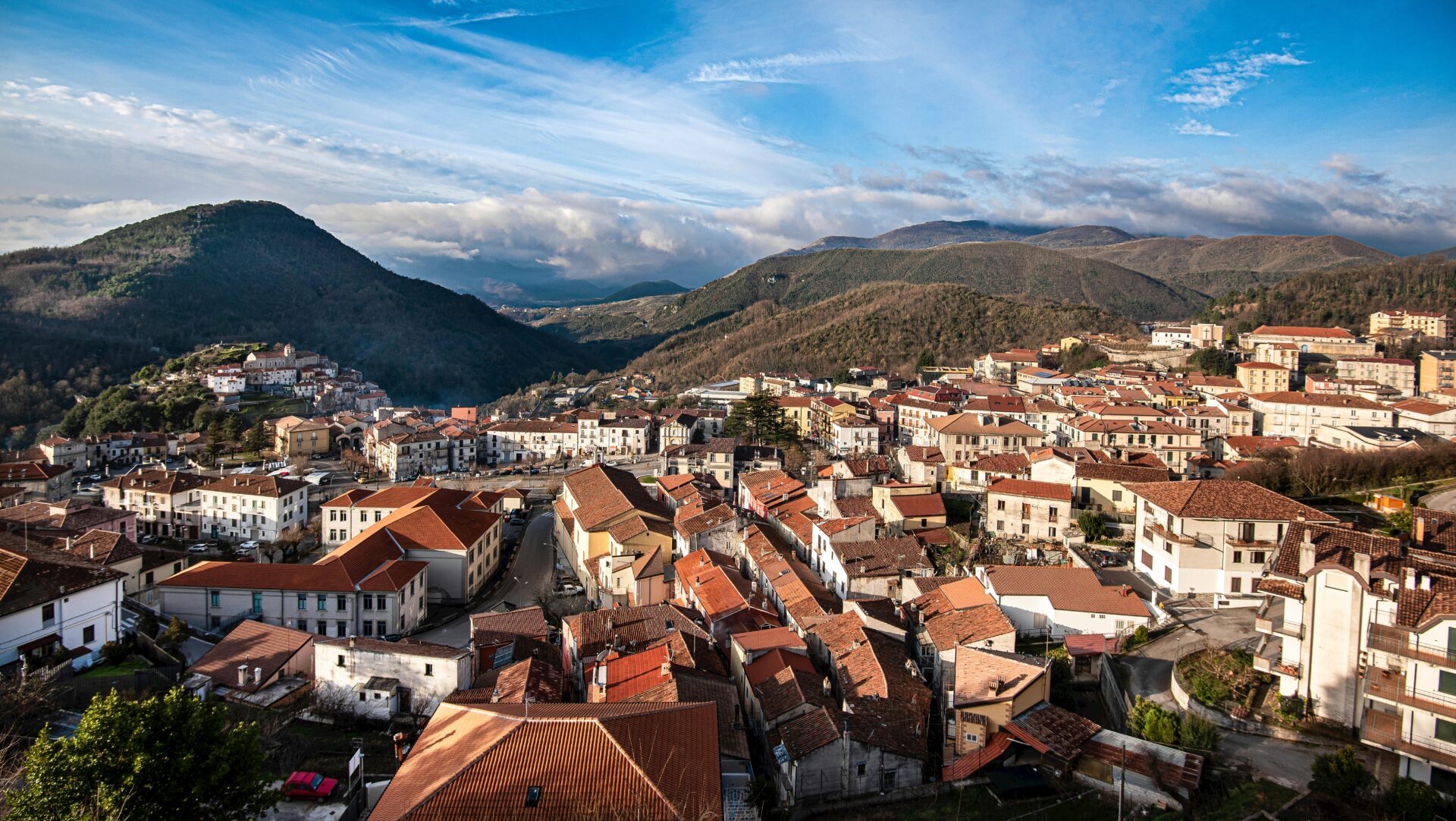
Grazia Deledda and Sardinian Literature
Nuoro’s biggest cultural claim is that it’s the birthplace of Grazia Deledda, the only Italian woman to win the Nobel Prize for Literature in 1926.
Her childhood home is now a museum, and honestly, it’s a must-see.
Deledda’s novels like “Elias Portolu” and “Canne al Vento” (Reeds in the Wind) paint a vivid picture of early 20th century Sardinia.
Her writing captures the harsh beauty of the land and the tough moral choices faced by everyday Sardinians.
Nuoro has also produced other important literary figures, like Sebastiano Satta, whose poetry celebrates Sardinian identity.
Together, their work shaped what’s called the “Nuoro Literary School,” cementing the city’s reputation as Sardinia’s cultural capital.
Nuoro still hosts annual literary festivals, bringing together writers and readers from all over Italy and beyond.
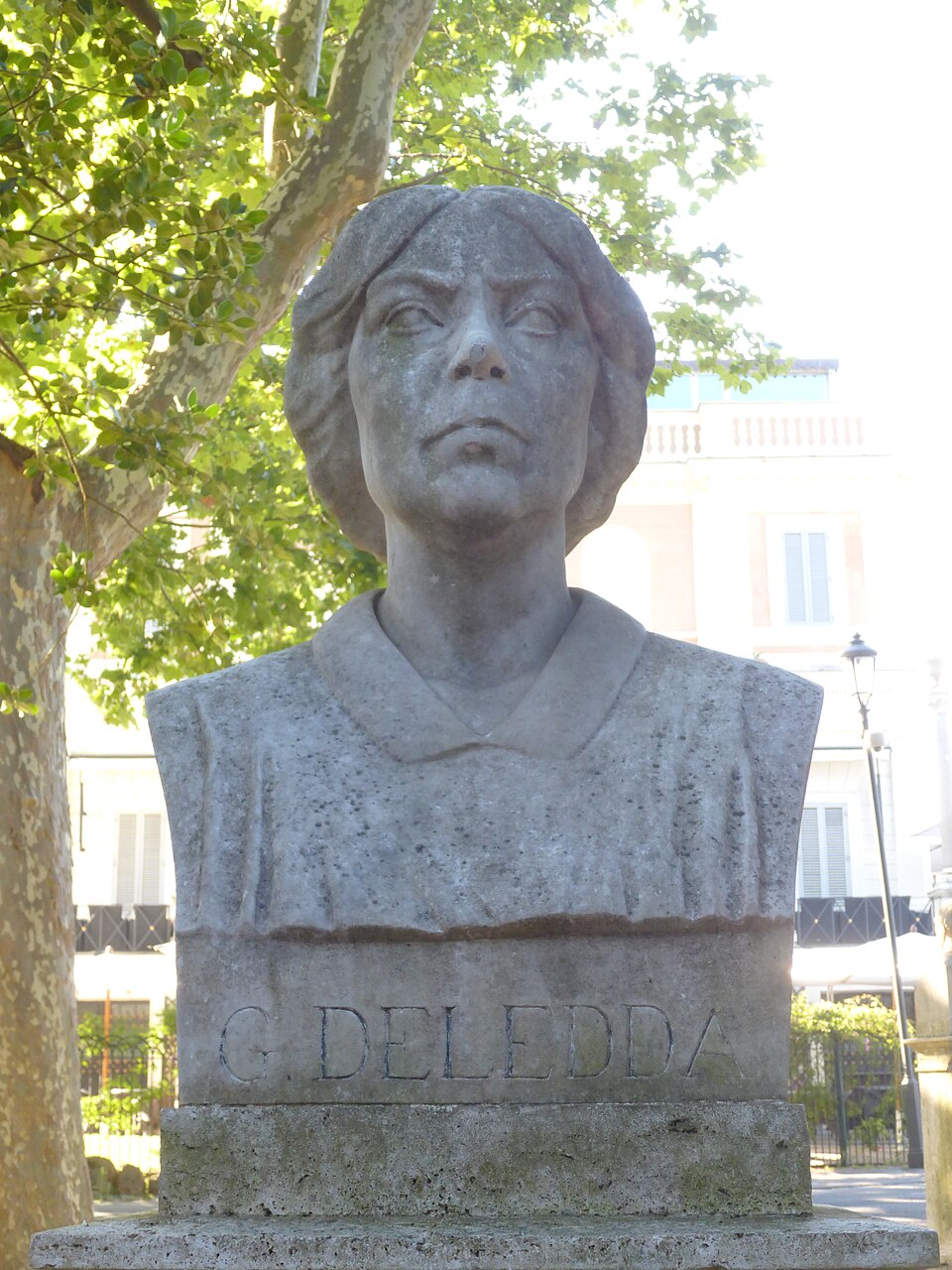
Traditional Life, Art, and Folklore
Nuoro feels like a living museum of Sardinian traditions, blending ancient customs with modern creativity.
You can see this heritage in its street art, lively festivals, traditional craftsmanship, and the old legends that still echo through the city.
Nuoro’s Vibrant Murals and Street Art
As I wandered the streets, the colorful murals jumped out at me right away.
These works bring the city’s walls to life, telling stories of Sardinian life, history, and tradition.
The most striking murals are in the historic center, where local artists have turned everyday buildings into public canvases.
Many murals show traditional Sardinian costumes, rural scenes, and slices of daily life in Barbagia.
I noticed how these pieces both decorate the city and keep cultural memories alive.
Some newer murals add modern themes but still stay connected to Sardinian identity.
This mix of old and new gives Nuoro a unique, open-air gallery vibe.
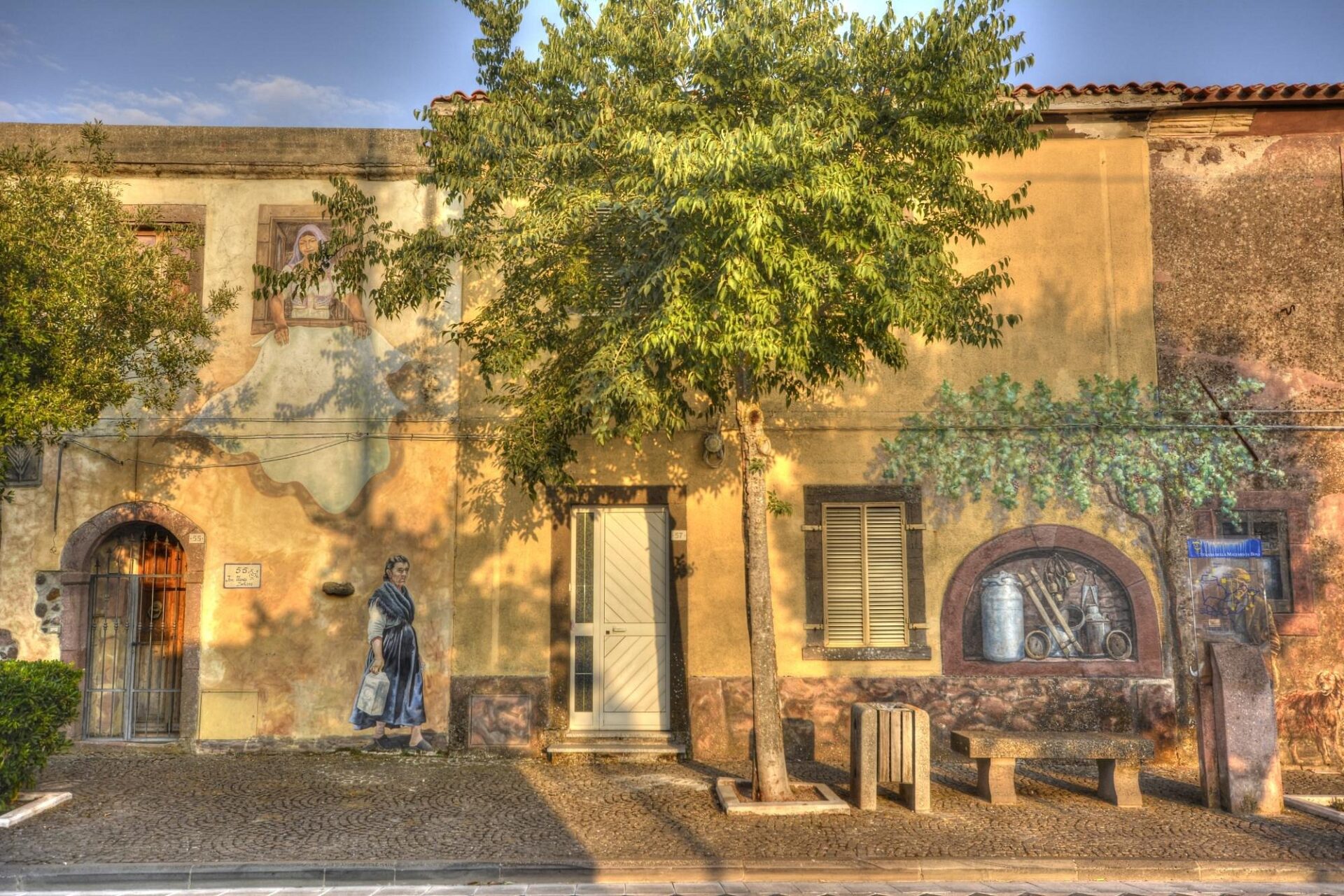
Festivals and Folklore: Mamuthones and More
The Mamuthones are one of Sardinia’s most mysterious folk traditions.
These figures wear wooden masks and heavy sheepskins with cowbells that clang as they move through their ritual dance during carnival.
I was lucky enough to catch the Autunno in Barbagia festival, which runs for months and invites visitors into village courtyards and historic centers.
Every weekend, a different town shows off its own traditions, food, and crafts.
Religious festivals in Nuoro mix Christian and older, pre-Christian rituals.
During the feast of San Cosma and San Damiano, processions wind through streets draped in flowers and bright fabrics.
Local women still wear traditional dress on special days, with embroidery and jewelry passed down through families.
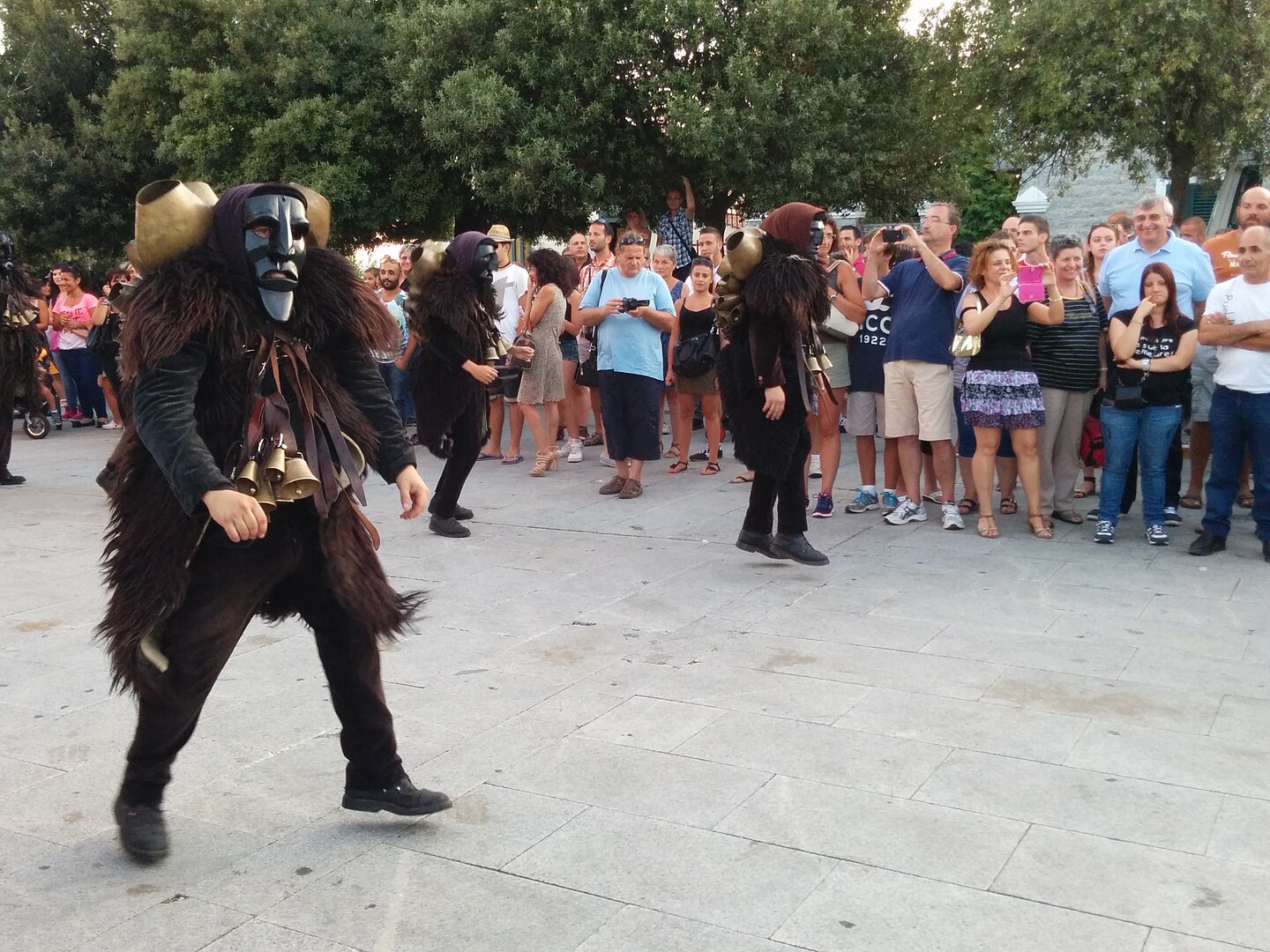
Traditional Arts and Crafts
Nuoro takes pride in its artisanal traditions.
The Museum of Sardinian Life and Popular Traditions displays beautiful examples of local craftsmanship—I could’ve spent hours there.
Textile work is still a big deal, with women weaving patterned carpets and blankets on old looms.
The designs tell stories with geometric shapes and natural images.
Wood carving is another beloved skill.
Artisans shape olive, juniper, and chestnut wood into everything from practical tools to decorative masks for folklore events.
I visited a few workshops where craftspeople showed me techniques that haven’t really changed in centuries.
Many sell their work directly, so you can pick up real souvenirs that support local culture.
Filigree jewelry making also continues, with silversmiths designing delicate pieces inspired by ancient motifs.
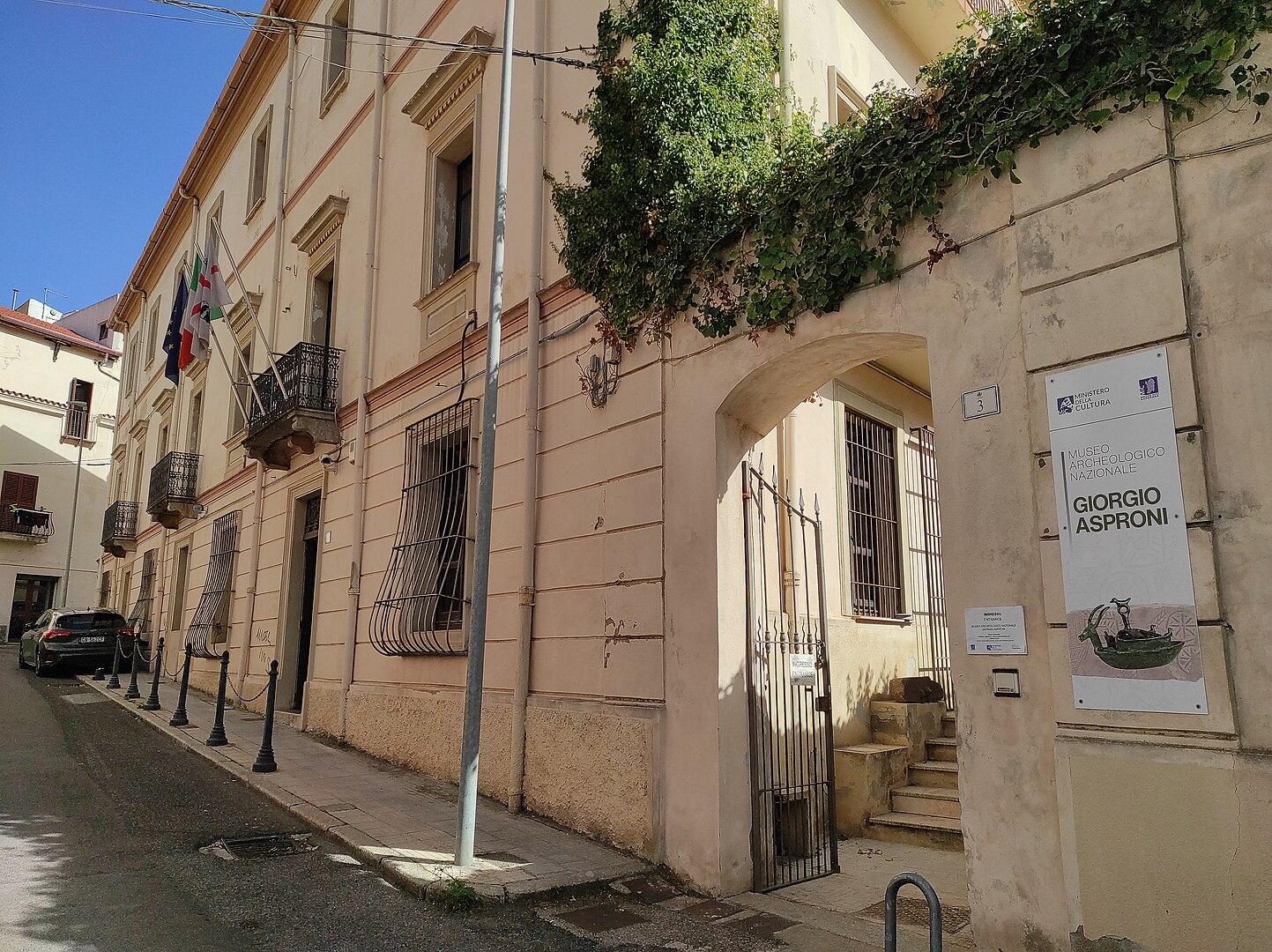
Local Legends and Customs
Nuoro’s identity is woven from stories handed down over generations.
Local legends feature supernatural beings like the “Janas,” fairy-like spirits said to live in ancient stone structures.
Food traditions reveal a lot about local values.
I got to join a traditional bread-making session, learning how different bread shapes carry meanings for different celebrations.
The idea of “balentia” (courage and honor) still matters in Nuoro.
This value stresses personal dignity and resilience, especially when times get tough.
Families keep wine-making alive, sticking to old methods and making small batches with knowledge handed down over the years.
Grape harvesting is a big social event, bringing neighbors together.
Many families still keep ties to pastoral traditions, moving livestock seasonally and letting these rhythms shape local culture.
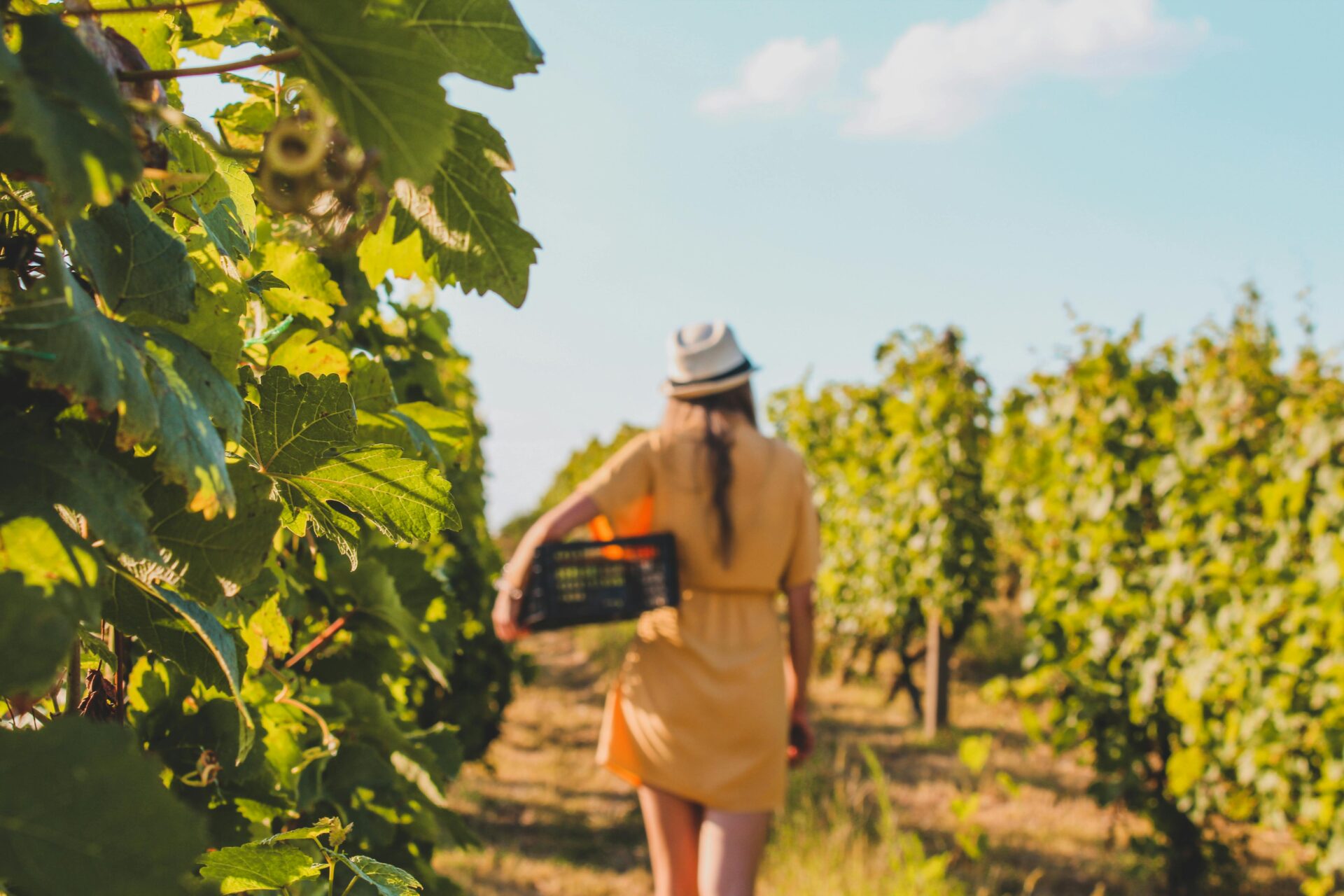
Sardinian Gastronomy in Nuoro
Nuoro serves up some of the most authentic Sardinian food you’ll find anywhere.
The cuisine reflects the region’s mountainous, inland character, with dishes rooted in pastoral life and local ingredients.
Sardinian Cuisine and Culinary Traditions
In Nuoro, people keep ancient cooking methods alive, passing them from one generation to the next.
When I ate at local restaurants, I noticed how much the Mediterranean diet shapes every meal—UNESCO actually recognizes it as an intangible cultural heritage.
What really struck me was the simplicity.
Locals take real pride in their food, often sticking to recipes that haven’t changed in ages.
Meals usually start with antipasti—local salamis and cheeses.
The pasta is handmade, and meats are spit-roasted until they’re just right.
The rustic, hearty food matches the lifestyle of Barbagia, with lots of foraged herbs and wild vegetables from the hills.
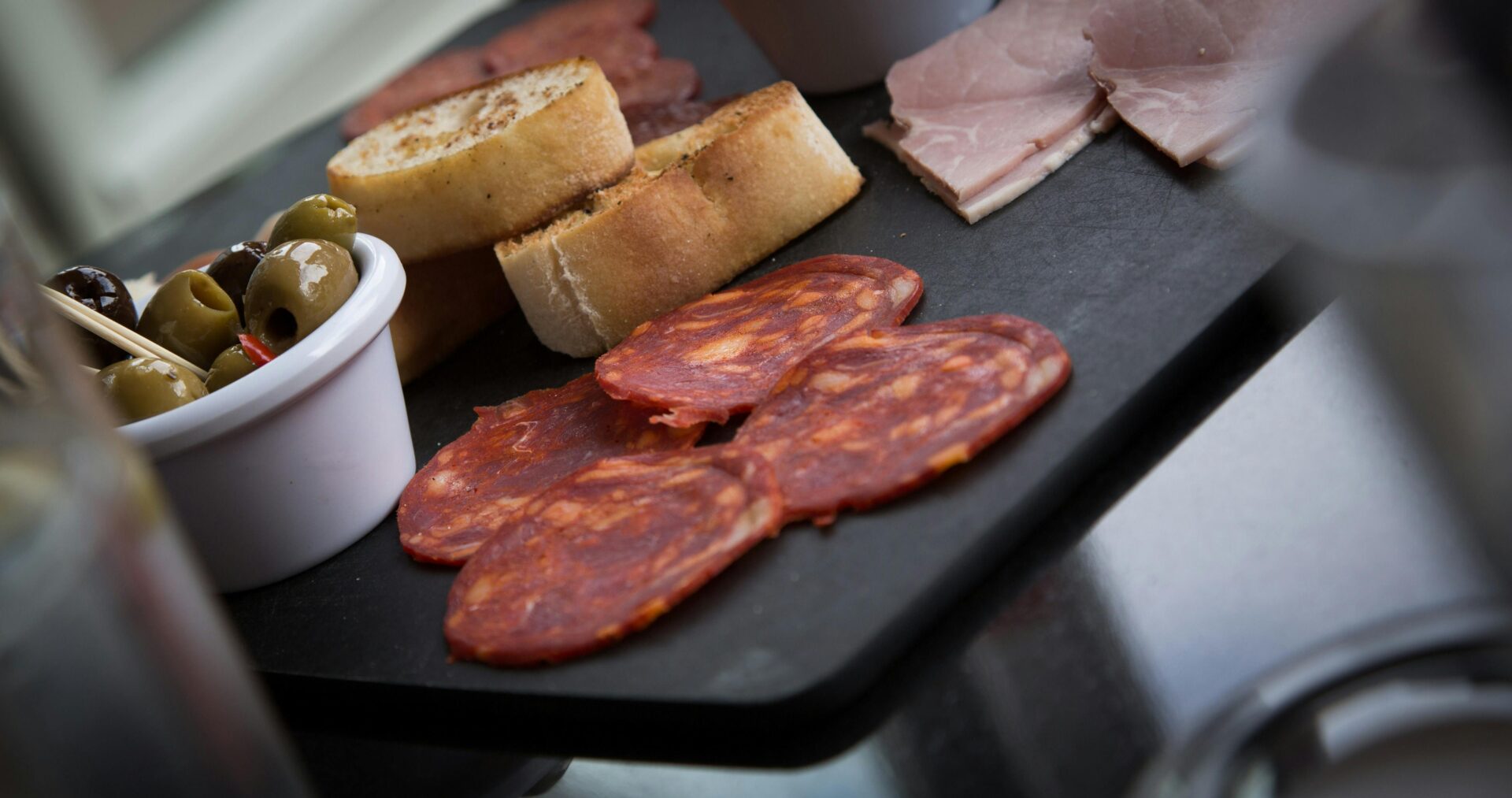
Iconic Dishes: Culurgiones and Porceddu
Culurgiones might be the most unique pasta you’ll come across in Nuoro.
These stuffed dumplings look a bit like wheat ears, thanks to their special seam.
Inside, there’s a filling of potatoes, pecorino cheese, and mint.
I tried them with just olive oil and grated cheese on top—so simple, but the flavors really stand out.
The pleating technique is almost an art form, passed down through families.
Porceddu is the star of any big celebration here.
It’s suckling pig, slow-roasted on a spit over open flames for hours.
The meat turns out tender, and the skin gets perfectly crispy.
They use herbs like myrtle and rosemary for extra flavor.
When I tasted porceddu at a festival, the smoky, tender meat made it obvious why this dish is so beloved in Sardinia.
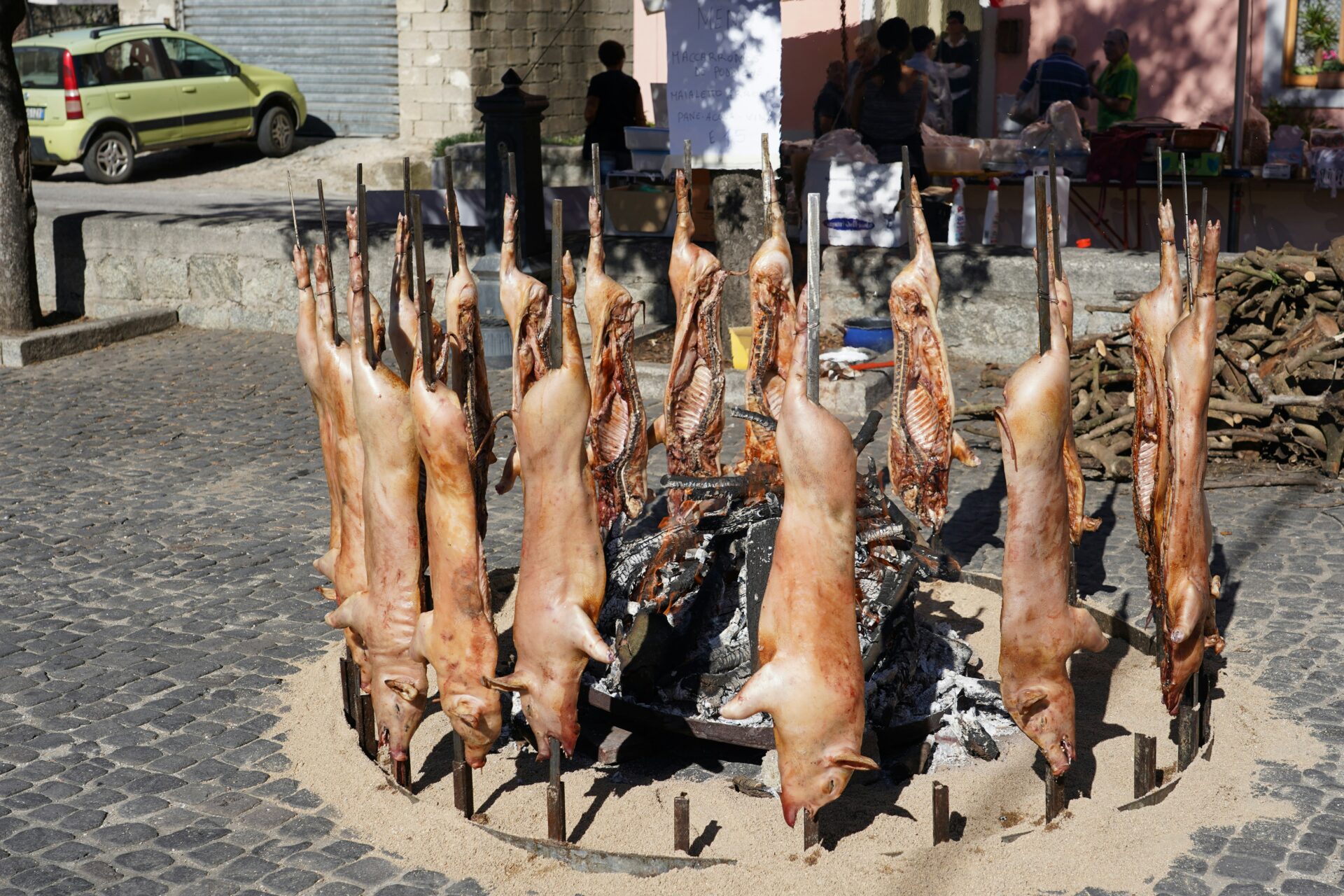
Wines of the Region: Cannonau and Vermentino
Cannonau stands out as Sardinia’s signature red wine, and Nuoro produces some fantastic bottles.
It’s a robust red, full of ripe berry and spice flavors, and people say it might even help with the region’s reputation for longevity.
I found it pairs beautifully with Nuoro’s hearty meat dishes, especially porceddu.
Vermentino, the island’s main white wine, offers a bright, crisp contrast.
The higher elevation around Nuoro gives Vermentino a zingy acidity and mineral notes you don’t get closer to the sea.
Locals often drink these wines from traditional ceramic cups, not fancy glasses.
There’s something unpretentious about wine culture here, but people really appreciate it.
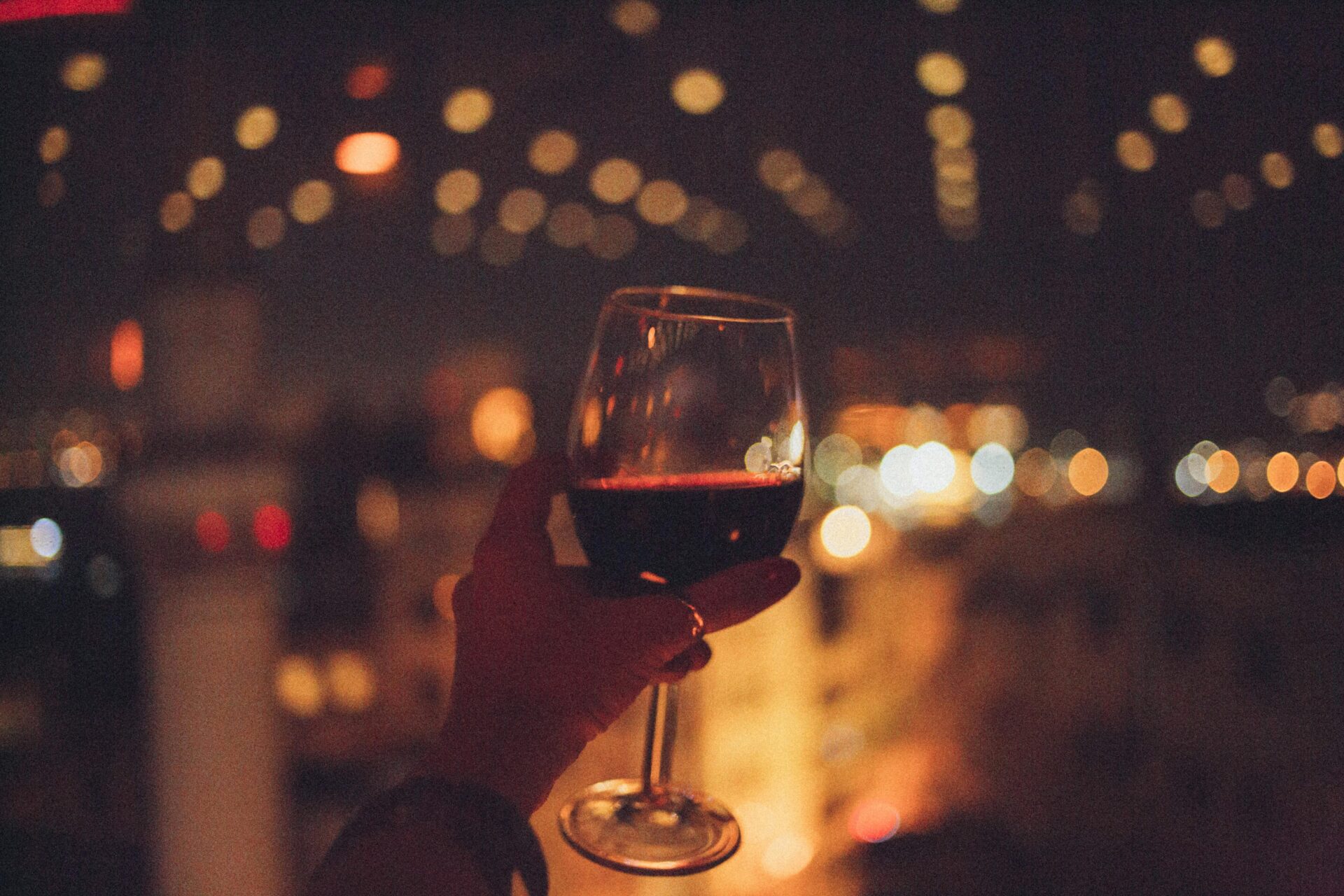
Cheeses: Pecorino and More
Pecorino Sardo is everywhere in Nuoro.
Sheep graze on wild herbs in the mountains, and their milk gives the cheese a flavor you won’t find anywhere else.
You can get it in different stages:
- Dolce: young, mild, and creamy (2-3 months)
- Maturo: sharper and more complex (6+ months)
- Stagionato: really bold and crumbly (12+ months)
Casu marzu, the infamous “maggot cheese,” comes from this region too—though it’s getting harder to find.
It’s controversial, but it shows how dedicated people are to traditional food.
Shepherds still make small-batch cheeses in the hills.
These rarely hit the markets—you have to know where to look, or just get lucky and buy straight from the source.
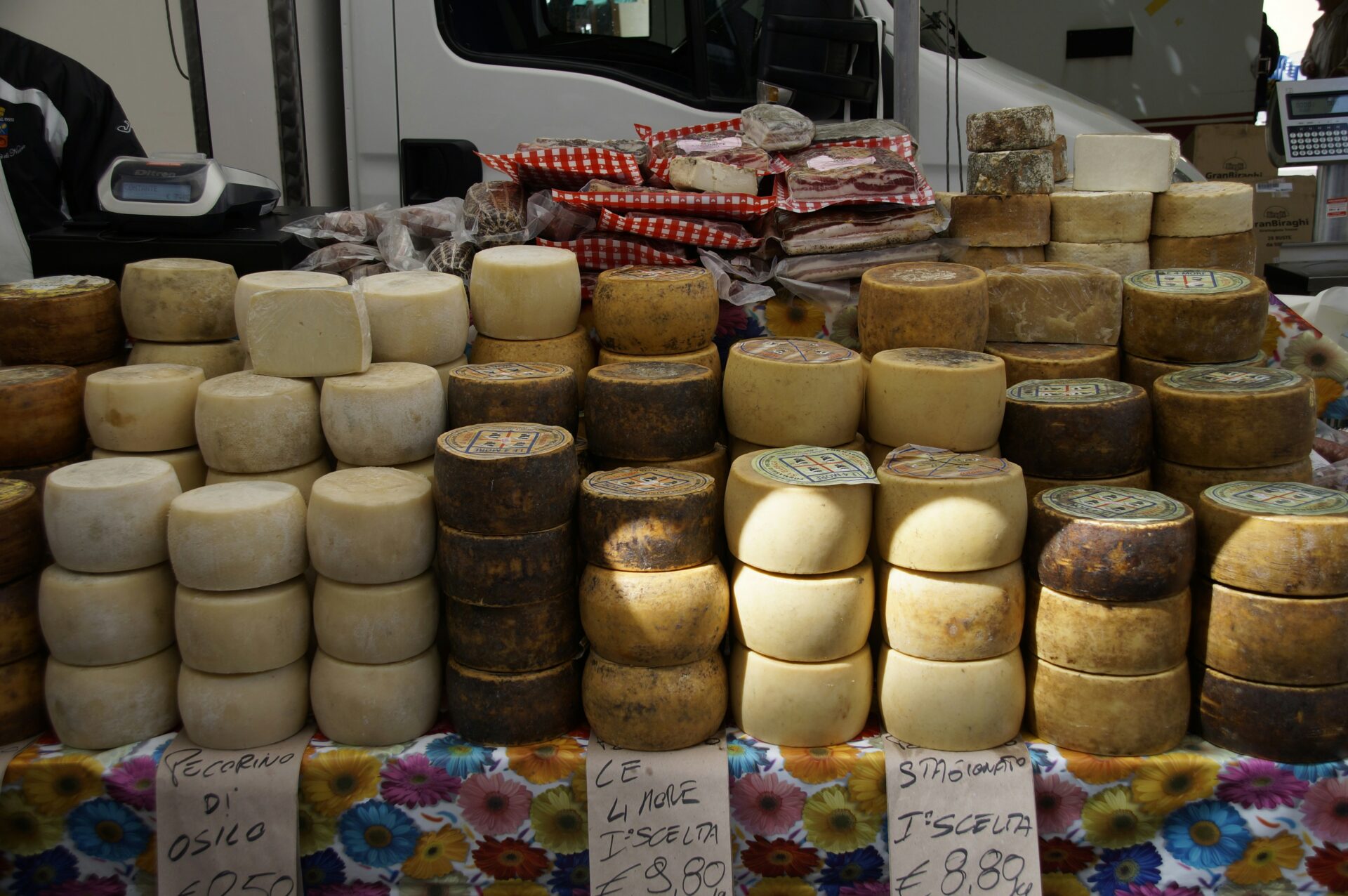
Natural Beauty: Rugged Mountains and Sparkling Coastlines
Nuoro’s landscape is all about contrasts—rugged mountain peaks rising over dramatic coastlines.
It’s some of Sardinia’s wildest, most beautiful scenery, perfect for anyone craving real adventure.
Exploring Gennargentu National Park
I found that Gennargentu National Park is Nuoro’s natural crown jewel.
It’s home to Sardinia’s highest peaks and really shows off the island’s wild side.
The name “Gennargentu” means “silver door” in the local dialect, thanks to the way the granite peaks shine in the moonlight.
While trekking through the park, I spotted rare wildlife like Sardinian deer and golden eagles.
The ecosystem shifts from dense oak and chestnut forests to alpine meadows bursting with wildflowers in spring.
Visitors can pick from well-marked trails for every fitness level.
My favorite hike leads up to Punta La Marmora, at 1,834 meters—the highest spot in Sardinia.
The views from the top are absolutely stunning.
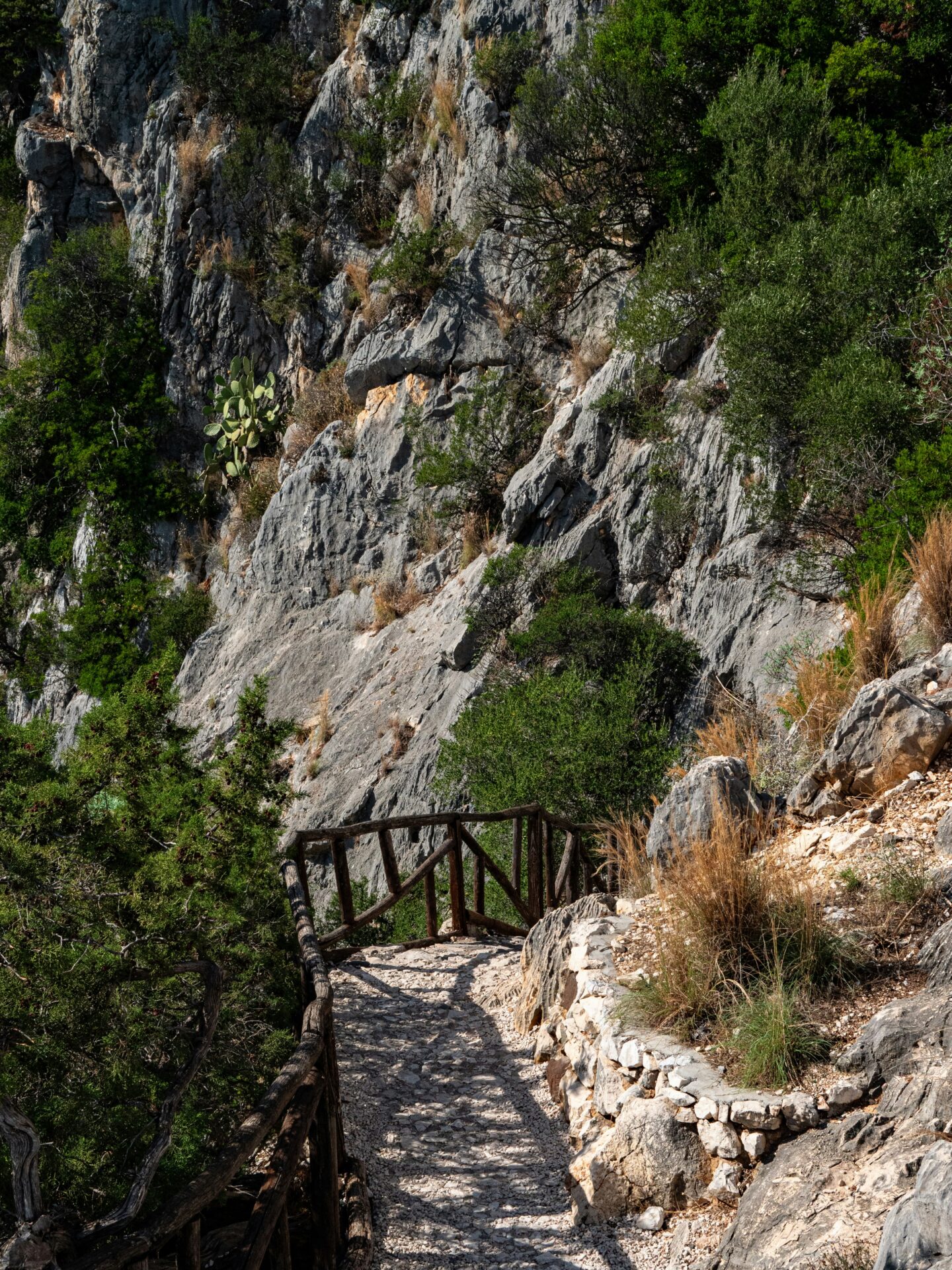
Supramonte and Dramatic Landscapes
The Supramonte massif blew me away with its scenery.
This limestone plateau features:
- Deep canyons and gorges
- Hidden caves with ancient art
- Wild rock formations
- Old forests of holm oaks
The Gola di Gorropu canyon really stood out.
People call it “Europe’s Grand Canyon,” and with walls up to 500 meters high, it’s easy to see why.
Walking there, I felt tiny between those massive cliffs.
The area’s karst landscape has created some amazing underground systems too.
Exploring the Su Gologone spring—Sardinia’s most important freshwater spring—was an experience I won’t forget.
Crystal-clear water gushes out of the rock, putting on a natural show that’s hard to beat.

Stunning Views and Outdoor Activities
Nuoro’s diverse terrain draws outdoor enthusiasts like a magnet. I stumbled across hiking options for every level, from gentle nature strolls to tough mountain treks that really put me to the test.
Mountain biking has exploded in popularity here. I found trails that ranged from smooth forest paths to rugged technical descents—some of which definitely challenged my nerves. Local guides love to suggest routes tailored to your experience.
Rock climbing fans will find plenty to love on Supramonte’s limestone cliffs. I watched climbers scale vertical faces while others dove into canyoning adventures through water-carved gorges.
Sometimes, I just wanted a chill day, so I took scenic drives through mountain passes and stopped at every viewpoint that caught my eye. The road up to Monte Ortobene treats you to jaw-dropping vistas over Nuoro and the valleys. At the top, a bronze Christ the Redeemer statue waits—honestly, it’s a prime spot for sunset photos.

The Allure of Nuoro’s Surroundings: Villages, Beaches, and Coastlines
Nuoro sits in central Sardinia and makes a fantastic launchpad for exploring the island’s most authentic villages and wild coastlines. The area blends old-school mountain towns with access to some of Europe’s purest beaches.
Charming Villages: Orgosolo, Mamoiada, and Gavoi
Orgosolo is just a short drive away, and its bold political murals turn the village into an outdoor art gallery. These colorful works tell stories about local struggles and Sardinian history.
Mamoiada hooked me with its mysterious traditions, especially the Mamuthones masks. If you’re curious, the Mask Museum is a must for learning about these ancient costumes used in carnival celebrations.
Gavoi, with its stone houses and peaceful lake, feels like a storybook. Every summer, it hosts the “Isola delle Storie” literary festival, drawing writers from all over Europe.
I also enjoyed Oliena for its Cannonau wine and Bosa, a cheerful riverside town with a touch of Spanish flair.
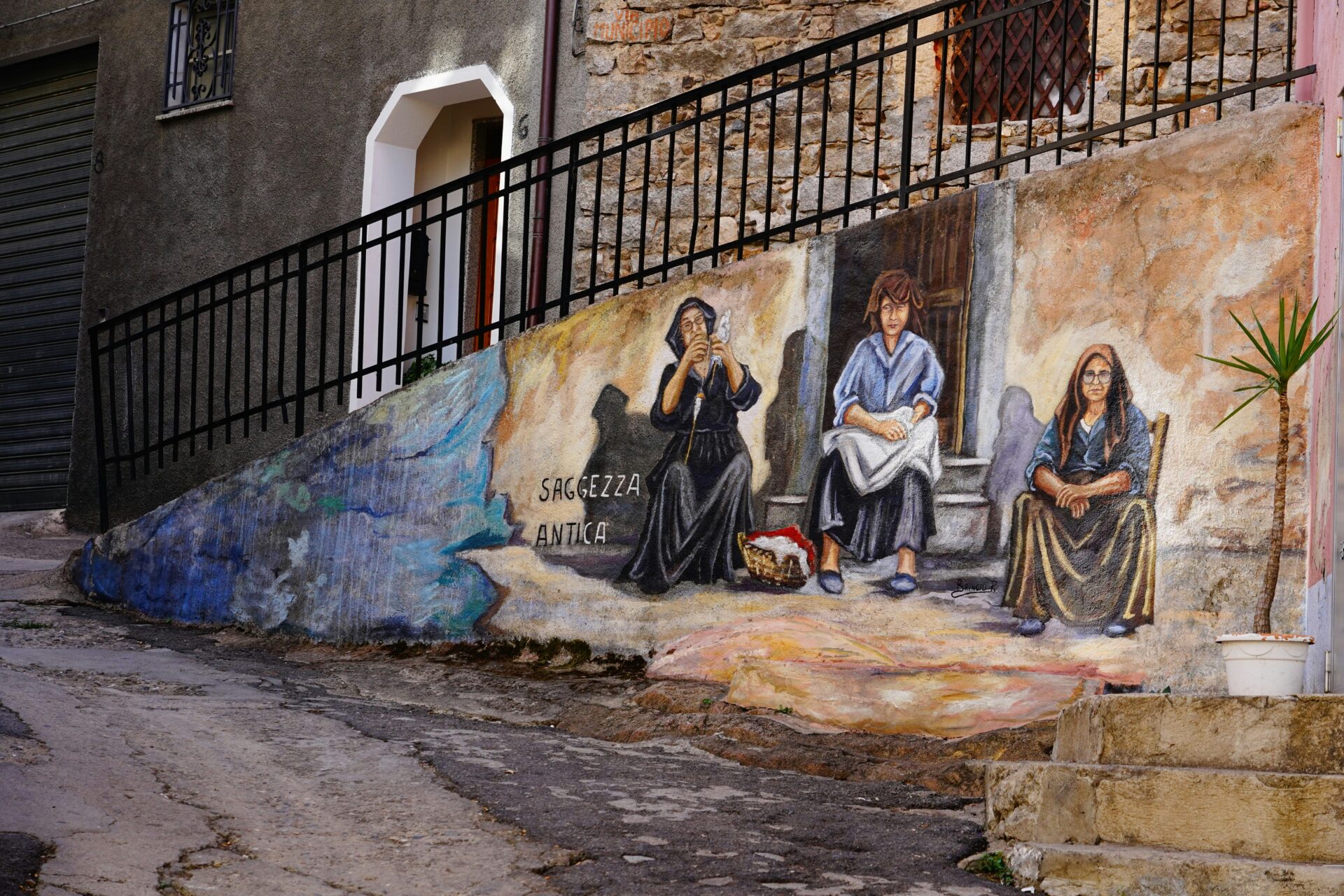
The Orosei Coast and Cala Gonone
From Nuoro, I made it to the Orosei Gulf in about an hour. This stretch of coastline is wild and varied. Cala Gonone, once a sleepy fishing village, has grown into a laid-back resort town.
Its harbor is the jumping-off point for boat tours to hidden beaches you simply can’t reach by car.
What grabbed me most was how mountains and sea collide here. Limestone cliffs plunge straight into crystal-clear water, creating a landscape that hardly seems real.
The water is so clear that snorkeling and diving feel like swimming in an aquarium. I spotted plenty of fish just meters from shore.
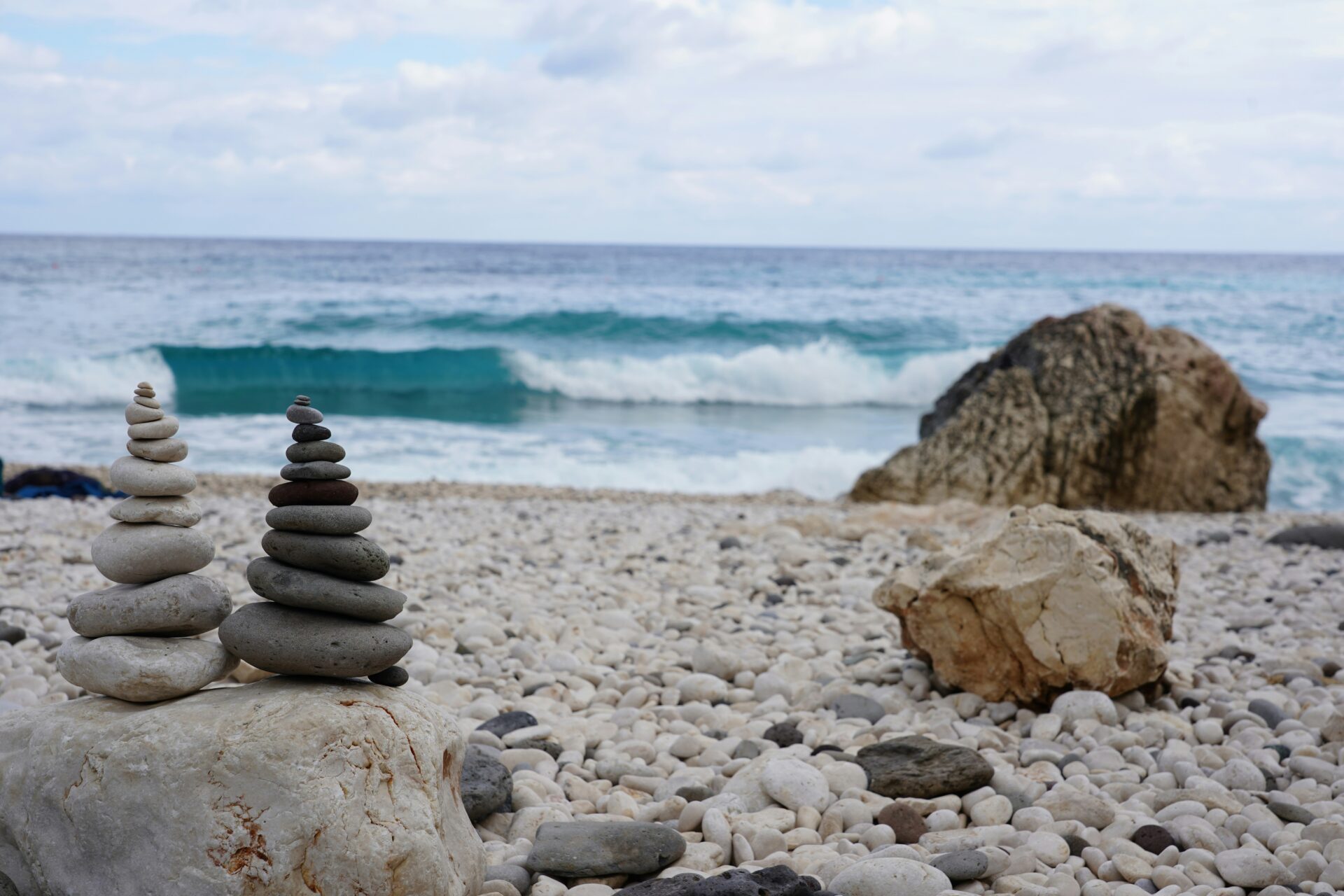
Cala Luna, Cala Goloritzé, and White Sandy Beaches
Cala Luna absolutely stunned me with its crescent of white sand and dramatic caves. It’s often listed among Italy’s best beaches—and I get why.
Then there’s Cala Goloritzé, a UNESCO World Heritage site with a striking limestone spire rising out of turquoise water. The beach is small but the scenery, with white sand and crazy rock shapes, is unforgettable.
There are other gems along this coast:
- Berchida: Wide, sandy, and shallow—great for families
- Bidderosa: Five tiny coves hidden in a protected nature reserve
- Su Barone: Long sandy beach near Orosei
The water here is so clear and blue-green, you’d swear someone cranked up the saturation.
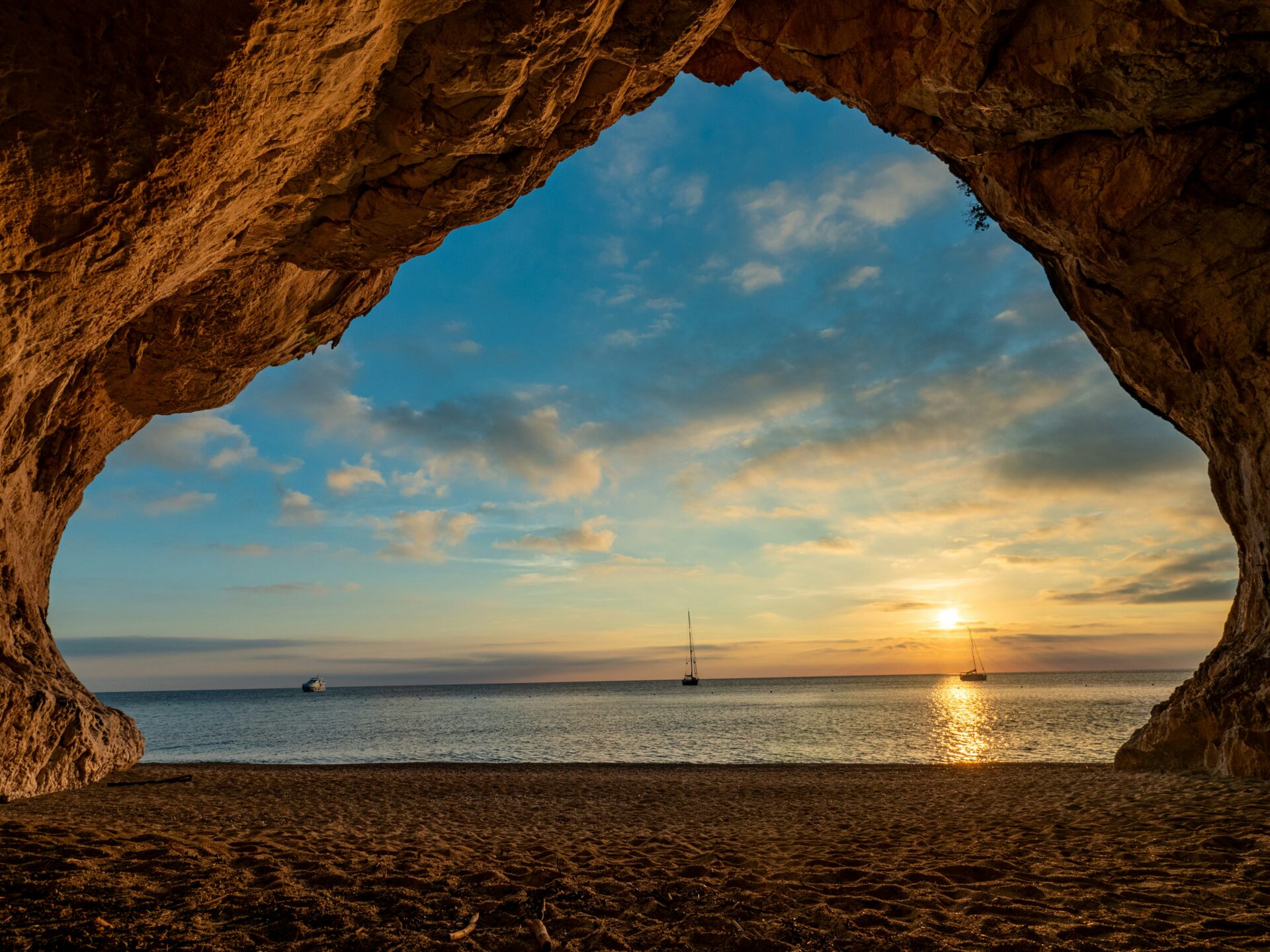
Connections to Alghero, Olbia, and Coastal Routes
Nuoro’s central spot makes it easy to reach other big Sardinian destinations. Olbia—the main gateway to the flashy Costa Smeralda—is only about 1.5 hours east, and the drive winds through some seriously scenic mountains.
The Emerald Coast (Costa Smeralda) gives you a taste of luxury tourism, with Porto Cervo at its center. The beaches are jaw-dropping, but be warned, prices shoot up compared to Nuoro’s area.
Alghero, which feels almost Catalan, sits about two hours west. The drive takes you through changing landscapes and little fishing villages that are worth a detour.
If you’re after something more genuine than the usual tourist stops, I’d say go explore the less-developed coasts between these hot spots. You’ll find hidden coves and local seafood spots if you’re willing to leave the main roads behind.
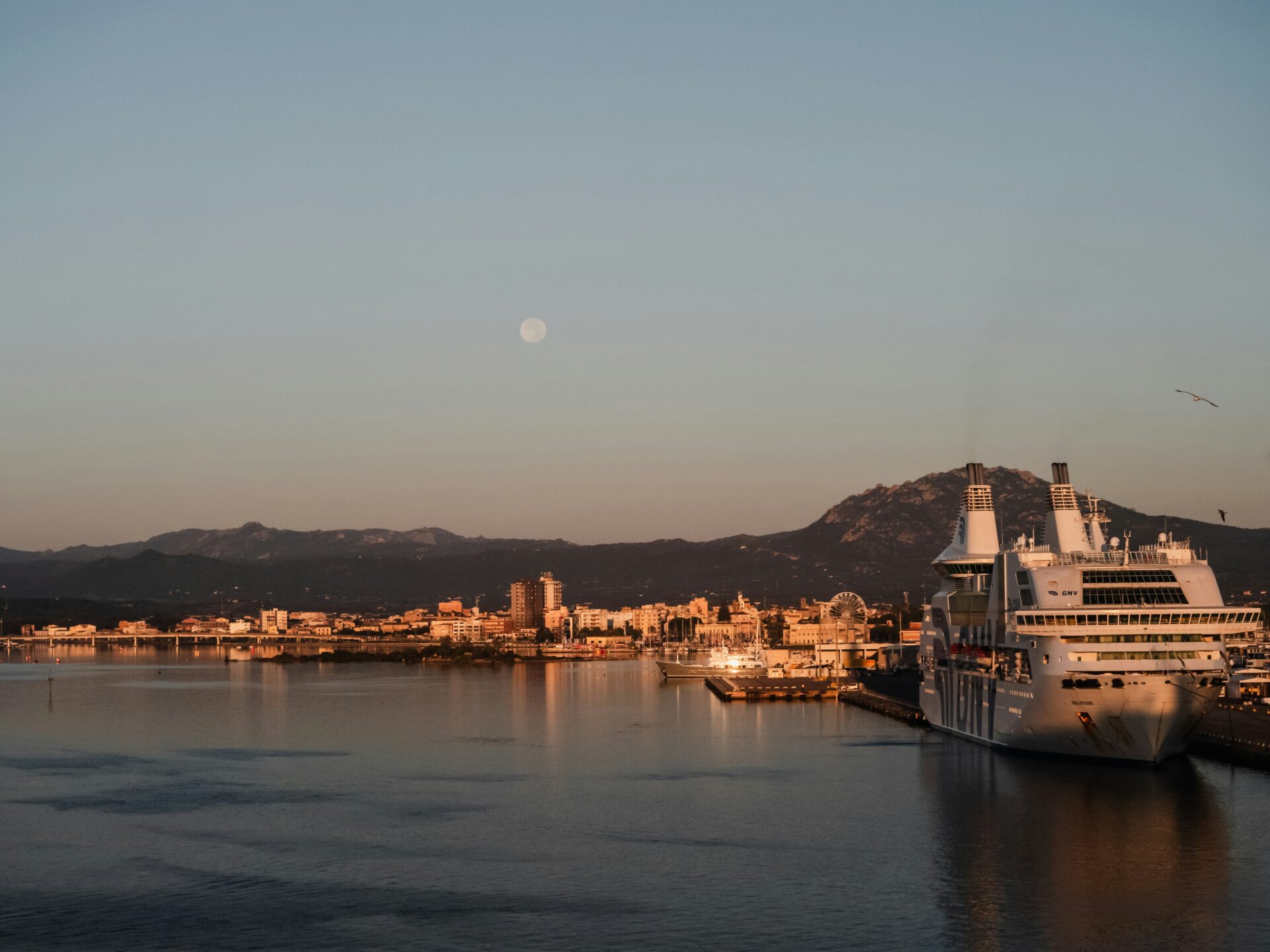
Practical Travel Guide to Nuoro and Central Sardinia
Getting around Nuoro and Sardinia’s heart takes a bit of know-how, but that’s part of the fun. This region gives you real-deal experiences, away from the crowds, with unique traditions, ancient sites, and epic scenery.
Getting There: Airports and Road Connections
Reaching Nuoro isn’t as simple as rolling into a coastal city, but honestly, that’s what makes it special. The nearest airports are Olbia Costa Smeralda (about 1.5 hours northeast) and Cagliari Elmas (about 2 hours south). I’ve found that renting a car at either airport is by far the best way to explore central Sardinia.
No matter which airport you pick, the drive to Nuoro is a treat for the eyes. Coming from Cagliari, the SS131 highway cuts through Sardinia’s spine, with mountain views around every bend.
Public transport is there, but it’s limited. ARST buses connect Nuoro with cities like Cagliari, Sassari, and Oristano, though I’ve learned to check schedules ahead of time on the ARST website.

Where to Stay: Accommodation Insights
Nuoro has plenty of places to stay that won’t empty your wallet. I’ve tried a few family-run hotels in the city center—super welcoming and full of Sardinian charm.
Budget Options:
- B&B Graffiti – Clean, simple, and close to the Museum of Sardinian Life
- Hotel Sandalia – Comfortable rooms with mountain views
Mid-Range Choices:
- Hotel Paradiso – Traditional decor and terrific local food
- Villa Orthosia – Cute spot with a nice garden
If you want to really soak in rural Sardinia, try an agriturismo in the countryside. These farm stays serve home-cooked meals with local ingredients—you’ll feel the connection to the land. My personal pick? Su Gologone, about 25 minutes from Nuoro.
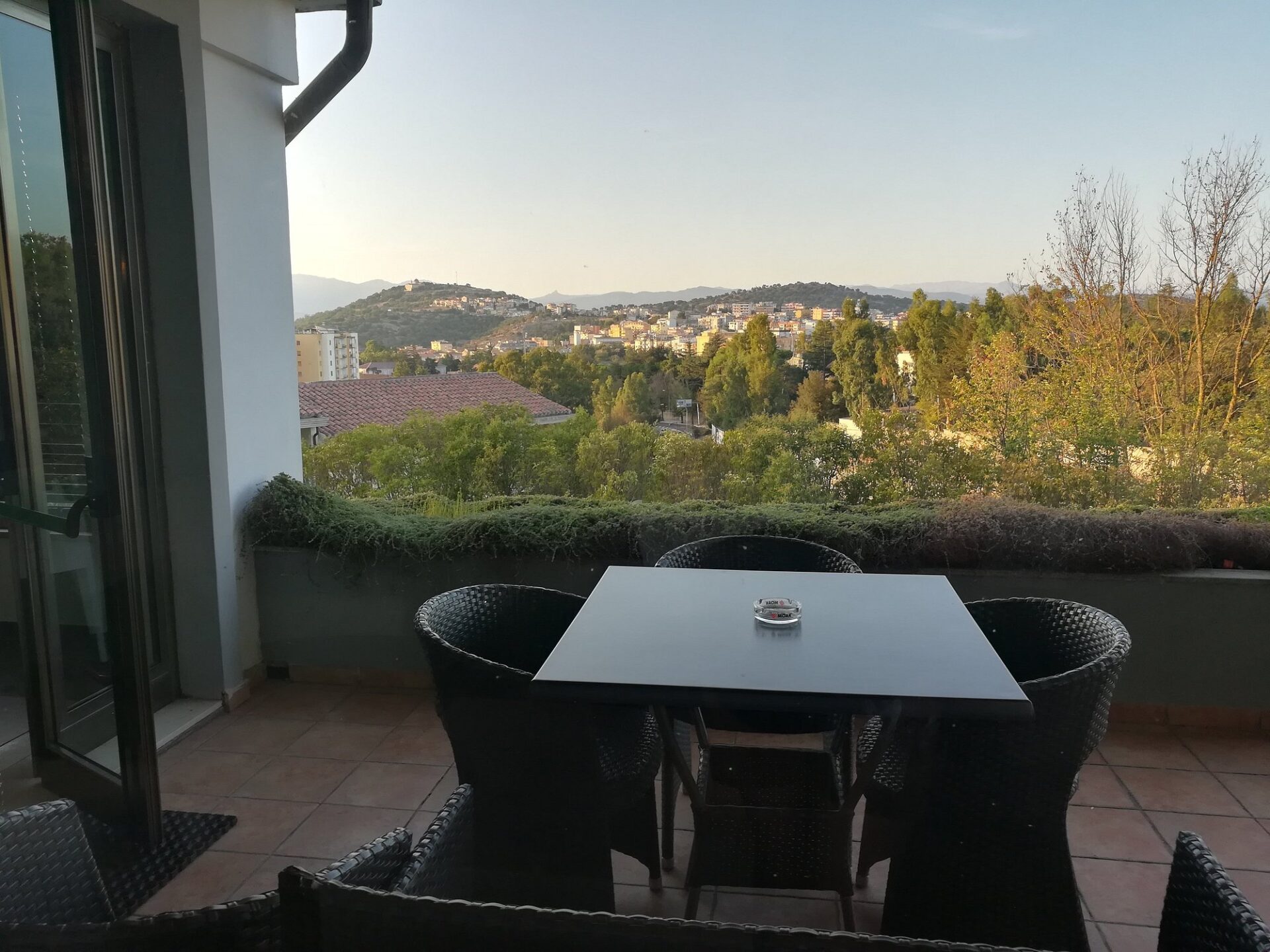
Essential Tips and Best Times to Visit
May through October is the sweet spot for visiting Nuoro. I think June and September are perfect—not too hot, not too crowded. August brings festivals, but also heat and a wave of Italian tourists.
Even a few Italian phrases go a long way here, since English isn’t widely spoken. The local dialect even has a hint of Catalan, which says a lot about the island’s layered history.
A rental car is basically a must for seeing the region’s scattered archaeological sites. I always carry some cash because small businesses sometimes don’t take cards.
You’ve got to try the local food—culurgiones (Sardinian ravioli) and seadas (cheese pastry with honey) are standouts. Cannonau wine goes perfectly with the hearty mountain dishes.
Public water fountains are everywhere in town, and the water’s safe to drink. I just bring a reusable bottle and fill up as I wander.
Must-See Archaeological Sites and Architectural Gems
The area around Nuoro? It’s honestly packed with Sardinia’s ancient wonders. You’ll see nuraghi—those prehistoric stone towers—dotting the hills everywhere.
I have to mention Su Nuraxi in Barumini. It’s the one everyone talks about, and for good reason. UNESCO even put it on their World Heritage list, and honestly, it blew me away.
Right in Nuoro, you should check out the Cathedral of Santa Maria della Neve. That neoclassical façade really stands out. The Museo Deleddiano is another highlight; it honors Grazia Deledda, who won the Nobel Prize and called Nuoro home.
If you drive about an hour, you’ll reach the Roman ruins of Tharros near Oristano. There, the Mediterranean Sea stretches out behind ancient stones. I wandered those ruins for hours—it’s hard not to get lost in the history.
Near Bitti, Romanzesu offers a prehistoric site with a sacred nuragic complex. That ritual water temple? It’s honestly fascinating.
If you want something a bit different, go see the Giants’ Tombs of S’Ena e Thomes. They reveal so much about burial customs from thousands of years ago.

